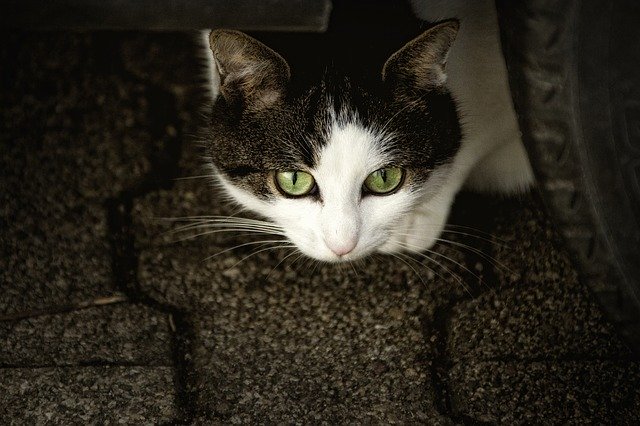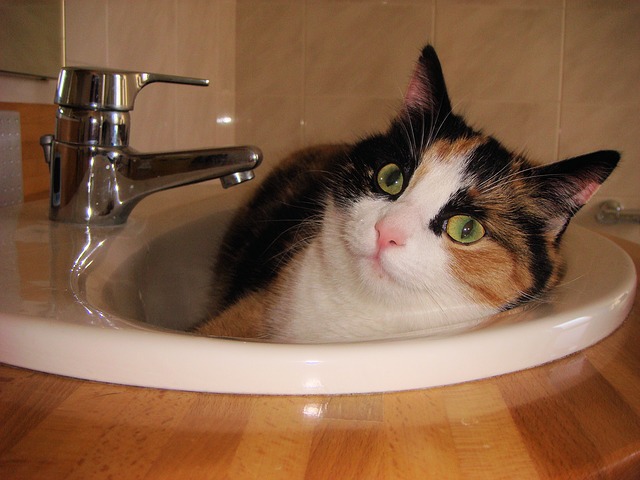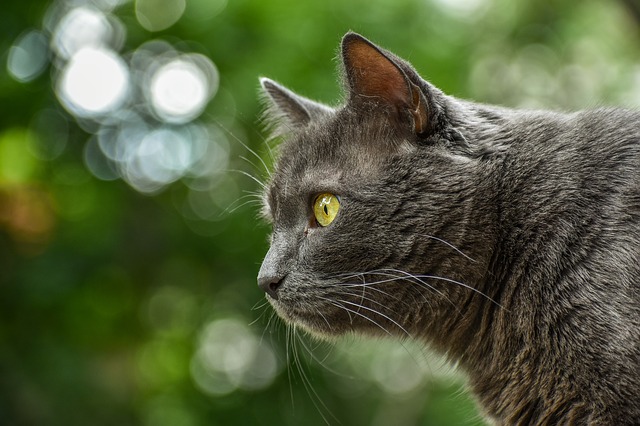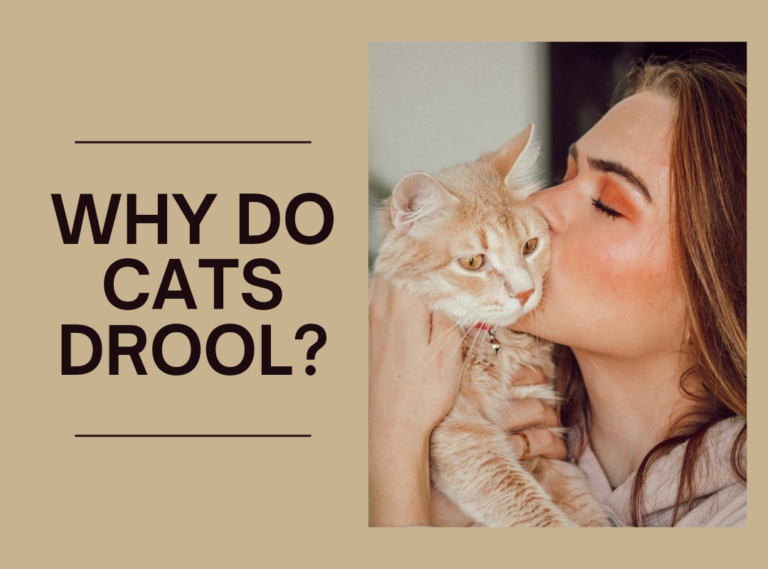Does Your Cat Have an Eye Infection? Here’s What You Should Know!
Eye infections are more or less common in cats, but due to their hygienic nature, these medical problems are a bit rarer compared to how often they show up in other species. However, the self-grooming procedure that every
In this article, we’ll have a look at what an eye infection is, the types that cats can suffer from, how they are diagnosed and treated, and what you can do to make sure that your
What causes an eye infection in our feline friends?
The typical pathogens that cause eye infections in humans and the rest of mammals that exist in the world affect our cats, too. This means that an eye infection can be caused by a bacterium, a virus, a parasite, protozoa, or even fungi.Â
However, eye infections are often the results of irritation or inflammation that can be developed because of exposure to contaminants, harsh chemical substances such as those in cleaning products, dust and debris, and a variety of such things.Â
Therefore, if the
What types of eye infections can affect our cats?
Conjunctivitis is by far the most common type of eye infection. It’s actually defined as the inflammation of the eye tissue named conjunctiva, and it can be caused by irritants, not just by actual pathogens. If a
Blepharitis is another type of infection that affects our feline buddies. In this case, the actual eyelids are affected, and they are often considerably inflamed than usual.
Keratitis is the inflammation and infection of the cornea. A somewhat trivial eye infection such as conjunctivitis can eventually lead to keratitis if it is left untreated for a long time.
Stye is an infection of the eyelid’s sebaceous gland.Â
Uveitis is the inflammation and infection of the uvea, meaning the vascular layer composed of the iris, ciliary body, and choroid.Â
General symptoms
It’s difficult to say just which clinical signs a
If a
- Constant pawing at the eye, winking, and eye rubbing
- The whites of the eye might have become red
- A visible third eyelid
- Cloudy eye or modifications in terms of color
- Frequent sneezing or nasal discharge
- Crusts around the eye
- Eye discharge — clear, yellow, or green
If you want to be sure if your pet has some eye infections common for cats, make sure to consult your vet.
Which cats are more exposed to eye infections?
First of all, if you have been a
Cats can develop eye infections because of the pathogens that we have mentioned, but also because they have a weaker immune system. Like in humans and all other animals, the most exposed categories to any disease, because they have a less capable immune system, are kittens and senior cats.
If a healthy
Cats who live outdoors or just those that are allowed to go out every day are also more exposed compared to indoor cats. If you pet an unknown
Diagnosis and treatment
The cause of the infection has to be discovered for the treatment to be the correct one. This is often done by collecting a sample of the discharge and growing it into a culture. There are lots of other diagnostic tests that the vet can use to see whether your
In some cases, the vet can place an orange dye (fluorescein eye strain) into the
Treating eye infections depends on the etiology of the disease. Antibiotics will work only if the pathogen is a bacterium. Antiviral medication can be administered so as to prevent the eye infection from spreading along with a bacterial infection.Â
There are several ways in which the treatment can be given to the
Before applying the drops or ointment, you have to make sure that your
Prevention
Since eye infections can be caused by viral diseases, too, the best way of preventing them would be to vaccinate your
Other than that, here are some easy steps you can take:
- Keep your house clean and allergen-free
- Avoid leaving your
cat to come in contact with unknown cats, especially those that have eye discharge - Don’t use harsh cleaning solutions — only pet-friendly sanitizers and cleaners
- Interact with your
cat every day and assess his or her general health status
Most cats will have some sort of physiological discharge every day, which they remove on their own while self-grooming.Â
Get your






